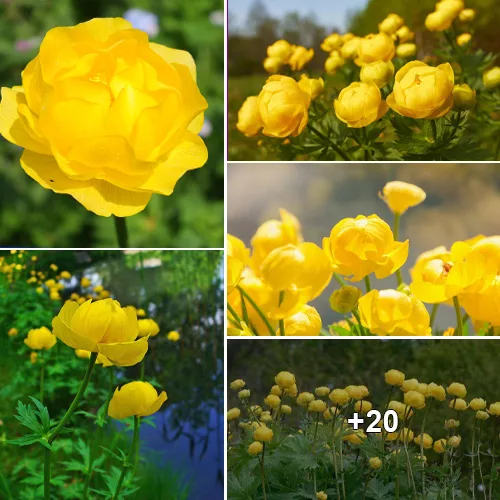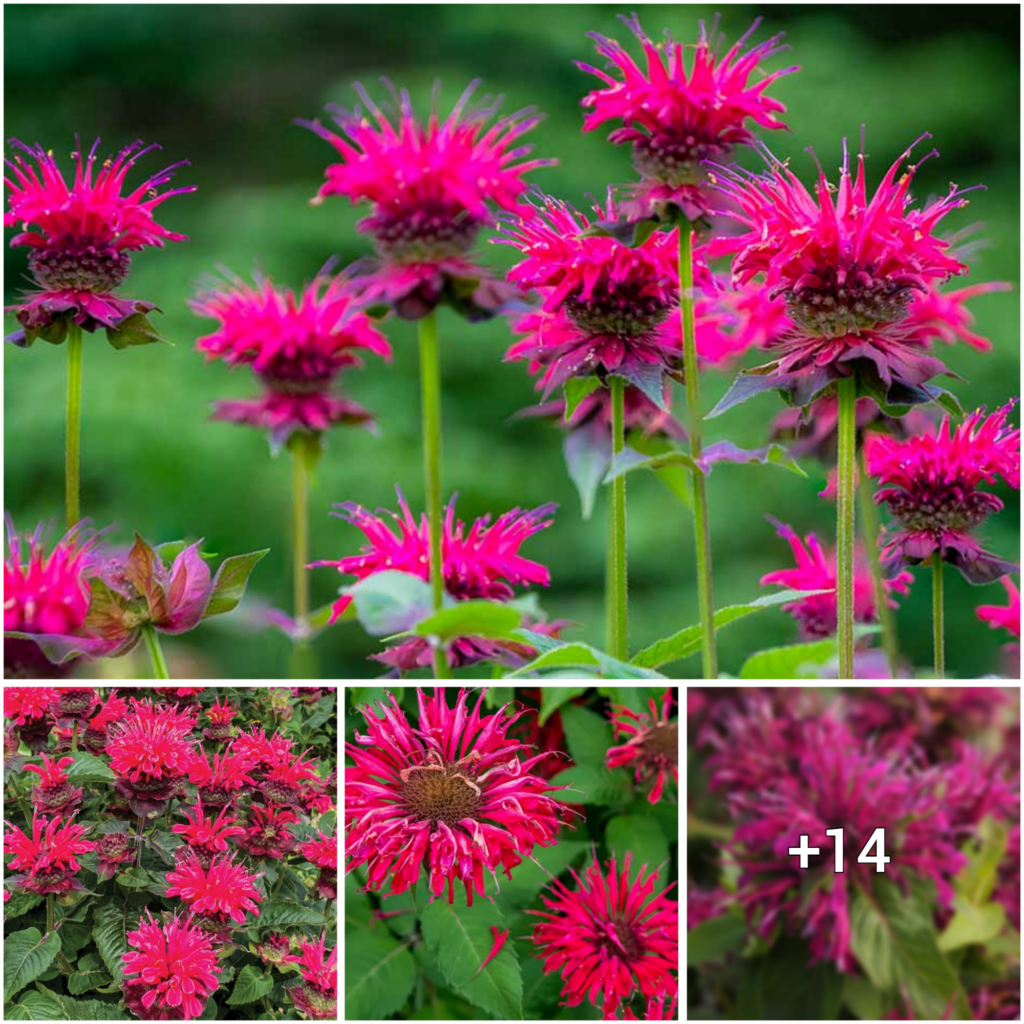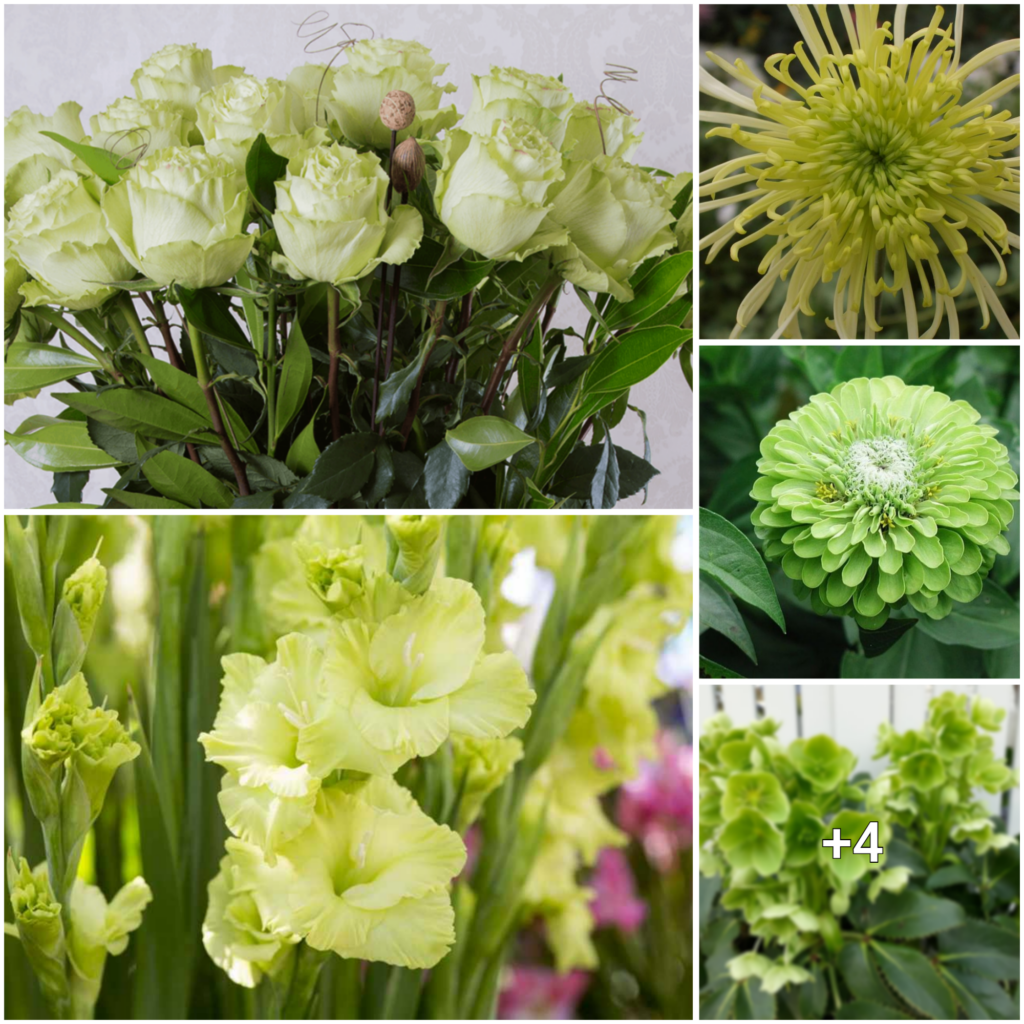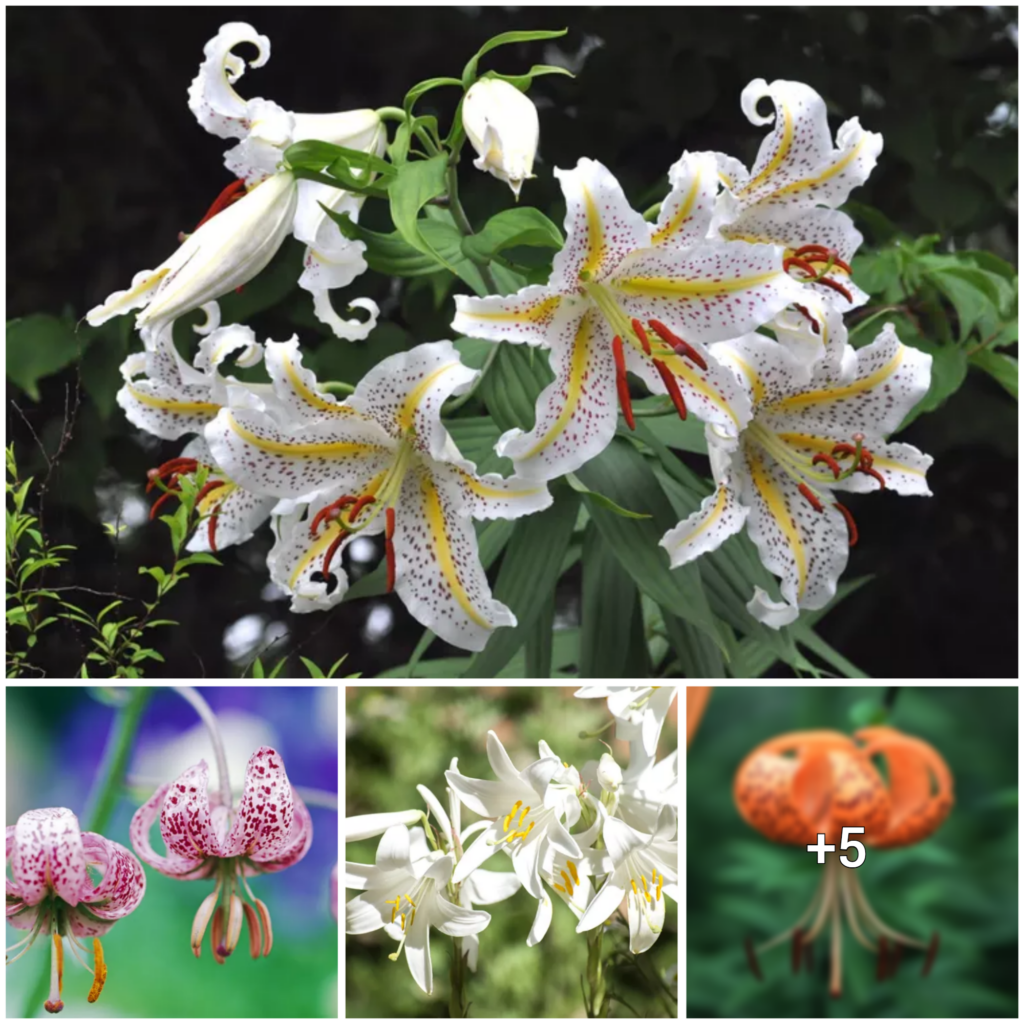:max_bytes(150000):strip_icc():format(webp)/grow-bromeliads-indoors-1902667-06-f38c8f2549fb4685ba711653eae30fff.jpg)
The striking bromeliad may seem challenging to cultivate, but this stunning epiphyte with a tropical appearance is actually quite low-maintenance in average home conditions. As an epiphyte or air plant, it doesn’t require soil and can be attached to trees, glued to objects, or planted in shallow soil without the need for specialized tools or fertilizers.
While bromeliads produce showy flowers, they only bloom once during their lifespan under the right conditions. To encourage ongoing growth, cut the flower stalk at its base after the bloom fades, which will trigger the plant to produce “pups” or baby offshoots. Many types of bromeliads are renowned for their beautiful foliage, boasting leaves in a range of multicolored hues such as red, green, purple, orange, and yellow, complete with bands, stripes, spots, and other unique features. For beginners, some of the easiest-to-grow bromeliads include those from the Guzmania, neoregelia, and Vriesea genera.
Bromeliads are typically slow-growing plants that take between one and three years to mature into flowering plants, with some reaching up to 18 inches in height. They thrive in bright, indirect sunlight or dappled shade, but should be protected from direct sunlight to avoid leaf scorching. Moreover, bromeliads are non-toxic plants, making them ideal for homes with pets or young children.
To care for your bromeliads, it’s important to research the specific requirements of your plant’s genus and species. Factors that can impact their bloom cycle include day length, temperature, humidity, water, and feeding. When grown indoors, most bromeliads are planted in a mix of potting soil and sand, and watering is done either by moistening the soil or filling the center depression (known as the “cup”) formed by the rosette of leaves. Alternatively, some bromeliads can be grown without soil by attaching or gluing them to an object to keep them standing upright.
:max_bytes(150000):strip_icc():format(webp)/grow-bromeliads-indoors-1902667-05-f2e4e45435d643179aada4d4da0a4b78.jpg)
Rewritten: Letícia Almeida from The Spruce provides valuable insights to help you navigate through various aspects of life. Her content covers a broad range of topics, from home décor and DIY projects to relationship advice and personal growth. With her relaxed writing style, Letícia creates a welcoming atmosphere for readers to learn new things and discover fresh perspectives.
:max_bytes(150000):strip_icc():format(webp)/grow-bromeliads-indoors-1902667-03-60d67c34e44e4395bc35502c80579aa5.jpg)
:max_bytes(150000):strip_icc():format(webp)/grow-bromeliads-indoors-1902667-04-349ab02495bd41c59c38435695686816.jpg)
:max_bytes(150000):strip_icc():format(webp)/GettyImages-924473316-5c32ce5646e0fb00011aa732.jpg)
:max_bytes(150000):strip_icc():format(webp)/grow-bromeliads-indoors-1902667-01-ce75eb3f6d0f4c08ace2b86c1c52a9f2.jpg)
To keep your bromeliad healthy, it is important to consider its light, soil, water, temperature, humidity, and fertilizer needs. Most bromeliads prefer bright, indirect light, but some can tolerate varying levels of light. Use fast-draining potting soil that holds moisture but drains well, and water sparingly through the soil weekly during the growing season. Bromeliads prefer temperatures between 60 and 85 degrees Fahrenheit and grow well indoors in 40-50 percent humidity. Use a liquid fertilizer diluted at half strength during the growing season. Common pests include mealybugs, aphids, and scale, which can be eliminated by spraying the plant with water and dish soap or rubbing alcohol. To propagate bromeliads, remove the pups that grow from the parent plant and pot them in their own containers. Be aware of common problems like overwatering, hard water, and using improper containers, which can lead to rot. Mimic the plant’s natural environment by providing shade and moist but not soggy soil. With proper care, you can enjoy the colorful blooms and interesting foliage of bromeliads both indoors and outdoors.




